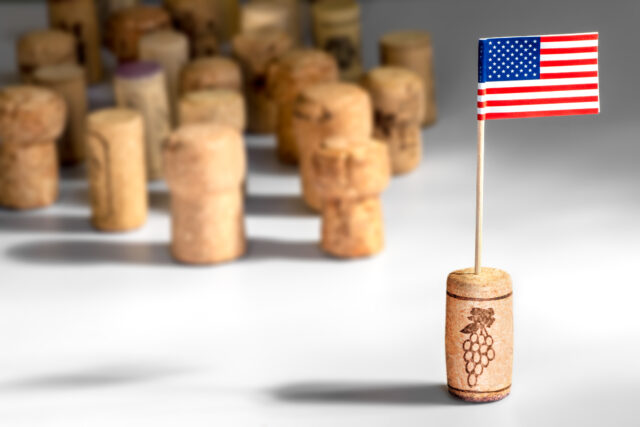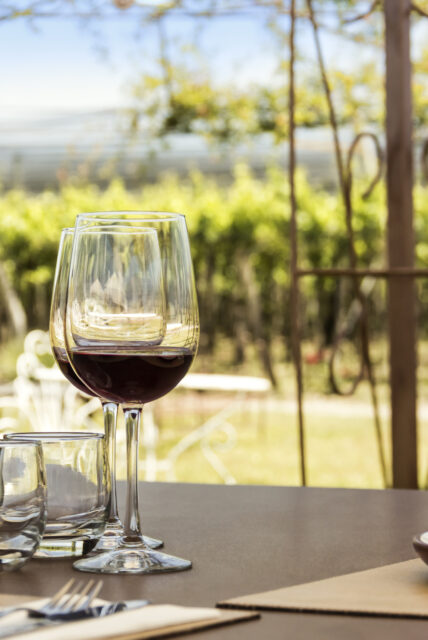This website uses cookies so that we can provide you with the best user experience possible. Cookie information is stored in your browser and performs functions such as recognising you when you return to our website and helping our team to understand which sections of the website you find most interesting and useful.
US wine industry poised to bounce back in 2021
The US wine industry is poised to bounce back in 2021, according to a report by Silicon Valley Bank, with a consumer desire to celebrate set to help drive wine sales this year.

However, Silicon Valley Bank’s 20th annual review of wine industry prospects, penned by Rob McMillan, predicts that temporary gains will yield to long-term declines. The report raises doubts that this year’s expected sales momentum will carry very far into 2022.
Wineries that have established strong direct-to-consumer sales during the Covid-19 pandemic, as well as online retailers, can expect more gains in 2021, the report says, while bricks-and-mortar retailers, urban-based grocers and restaurants will take years to recover.

Restaurants, the report says, will drastically need new investment to survive or to re-appear. Yet, the report predicts a quick recovery for the industry as a whole, although the relative importance of individual sales channels will shift dramatically.
“In some ways, the current situation reminds me of what happened after World War, when wines sales spiked dramatically,” McMillan told db.
“We celebrated, and the same thing will happen here. If you look at California winery calendars, they are booked up with weddings all summer, including weddings postponed from last year.”
Online wine retailers had major growth in sales during 2020, and that is expected to continue into 2021. This channel, and wineries’ own online efforts, “will represent 20% of an average winery’s sales within five years,” the report predicts.
McMillan stressed that wineries, in spite of loss of tasting room sales, are not in the same financial straits as restaurants. “Wineries seldom go bankrupt,” he said, “even if they are over-leveraged. If they have financial problems, there’s always a willing buyer.”
One problem that was lurking in the US at this time last year, according to the report, was an over-supply of wine. But damage to crops from last year’s fires and smoke, as well as diminished tasting room sales, resulted in supply now being back in balance with demand.
However, one problem that has not gone away is the changing ages of wine drinkers. As Baby Boomers continue to retire, they are being replaced by younger drinkers with different agendas.
While the decrease in demand by Boomers for wine purchases at all price levels has not been as precipitous as once predicted, the decline is not being offset by younger drinkers, who often see better value in craft beers and in spirits.
“The digital world parallels the real world,” McMillan said, “and the new consumer is not one who wants to rely on advice from most current sommeliers. We need to consider the values of younger drinkers, and they value things in the wine world differently.”

